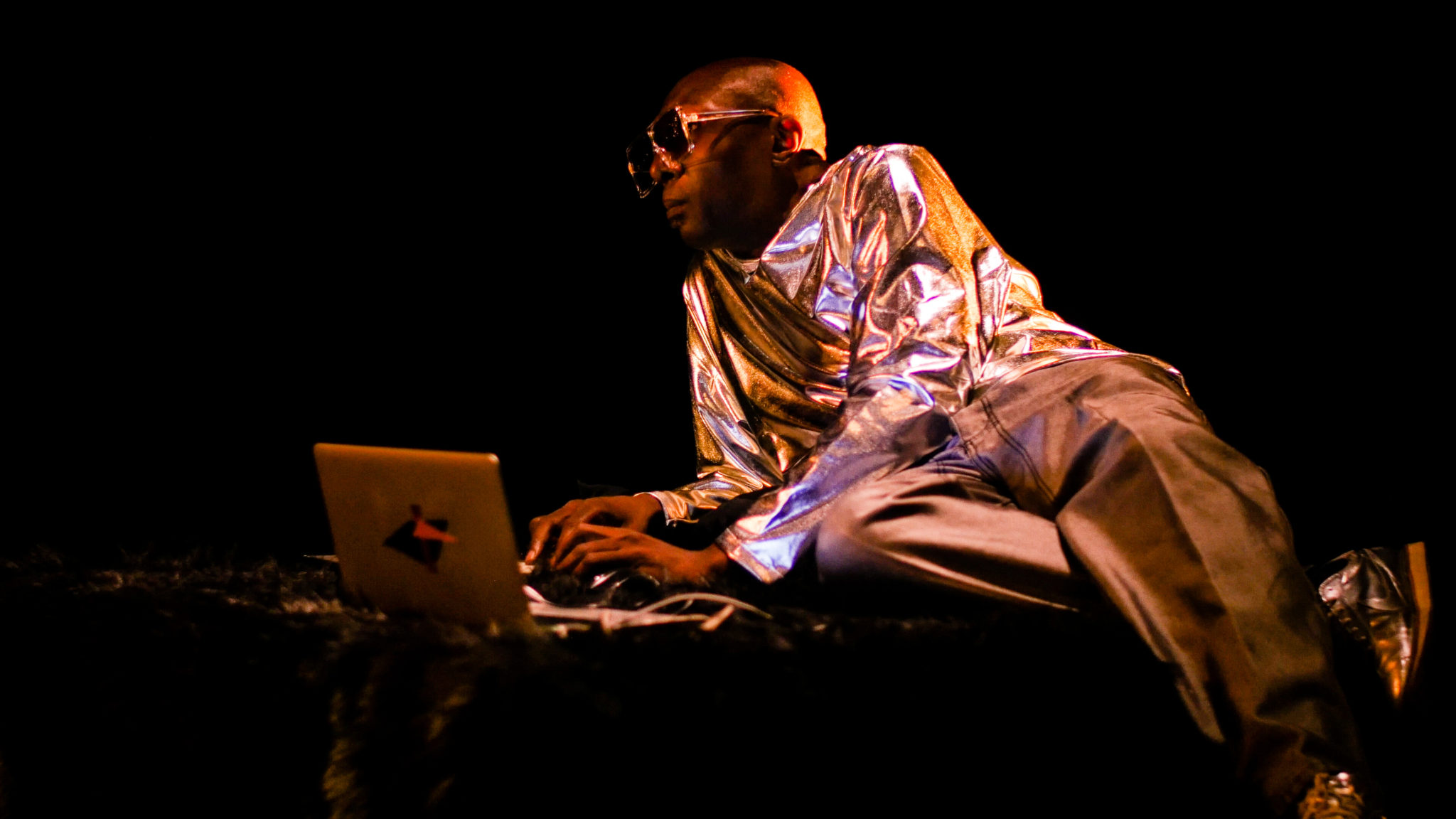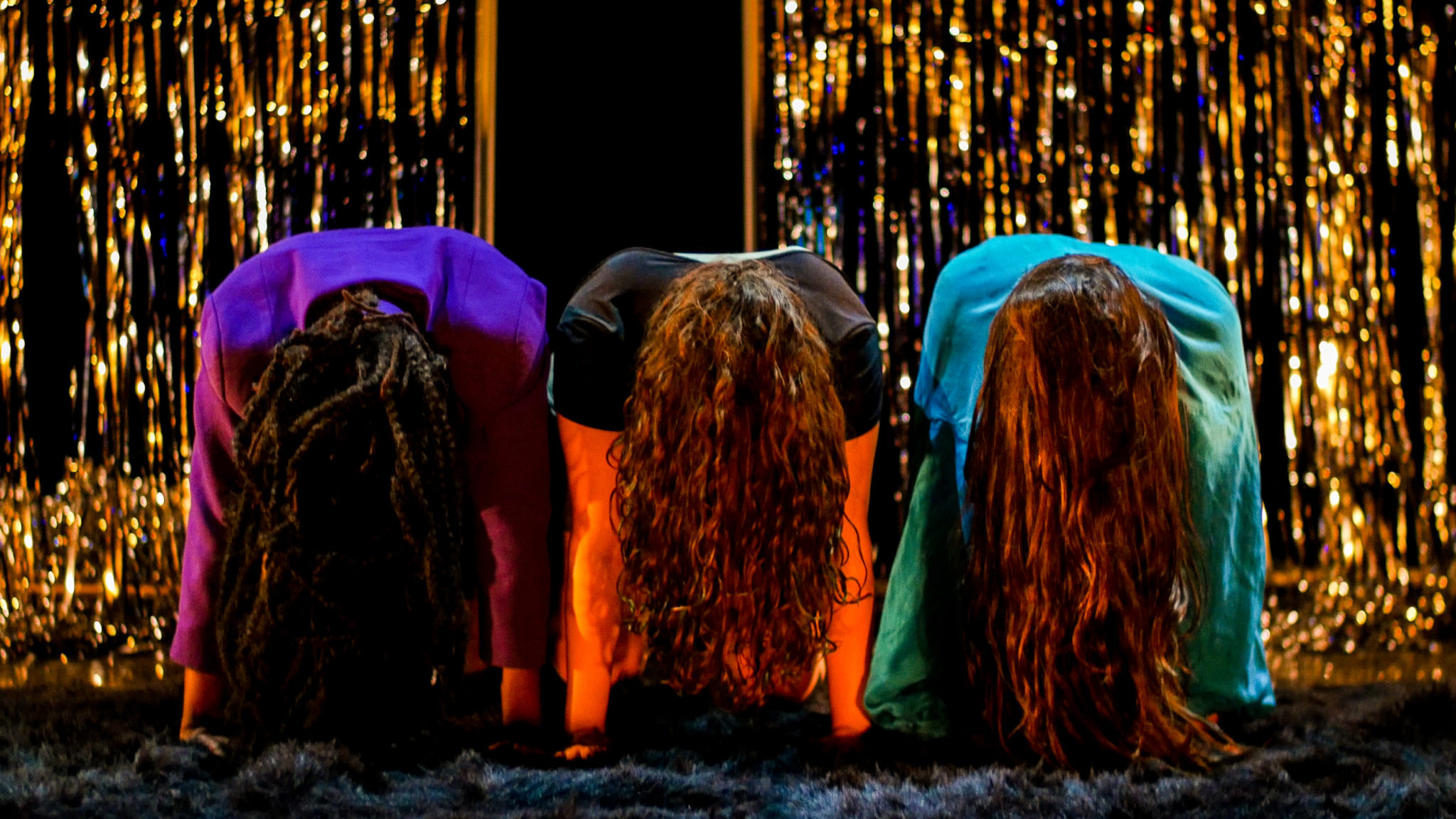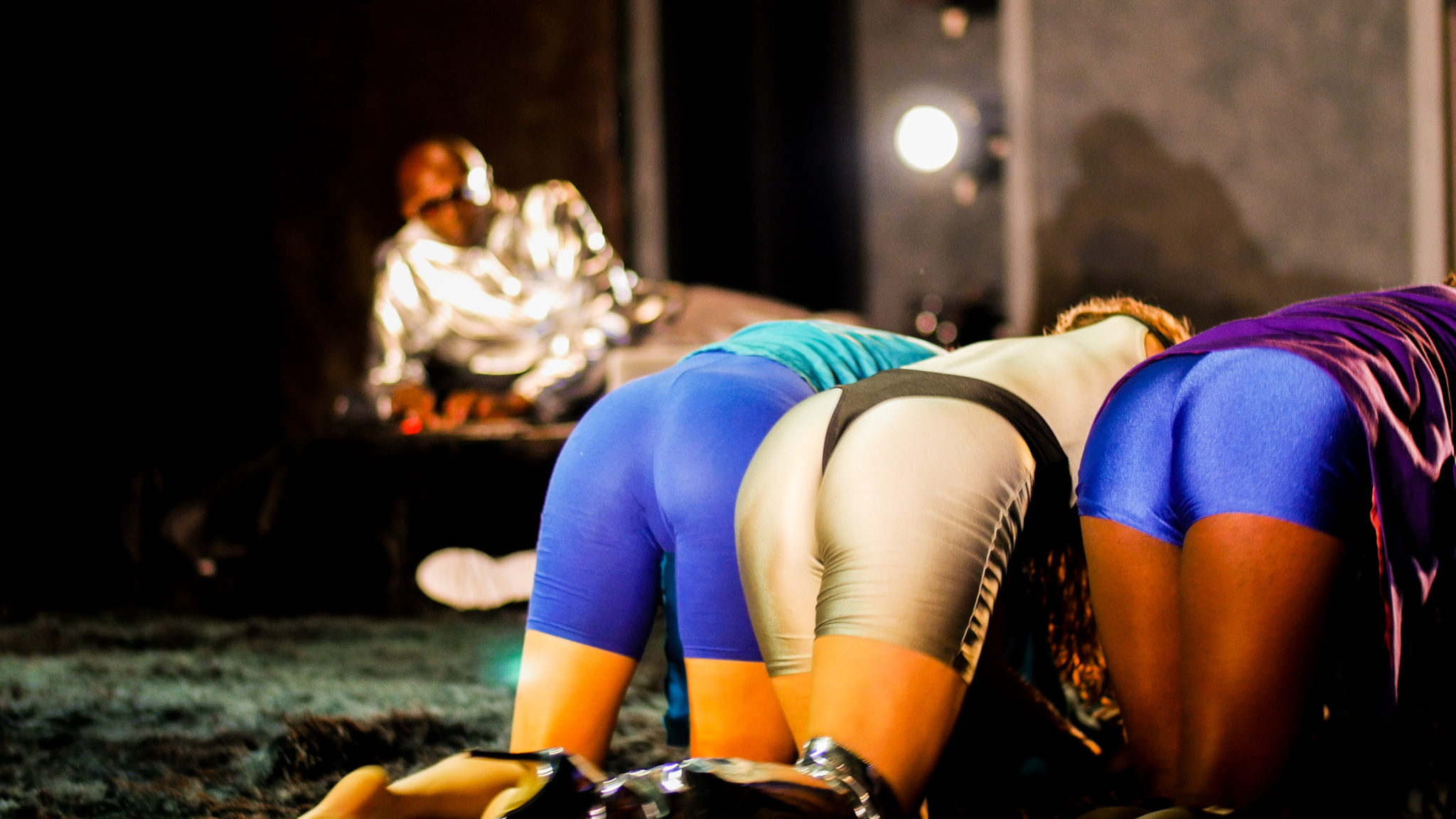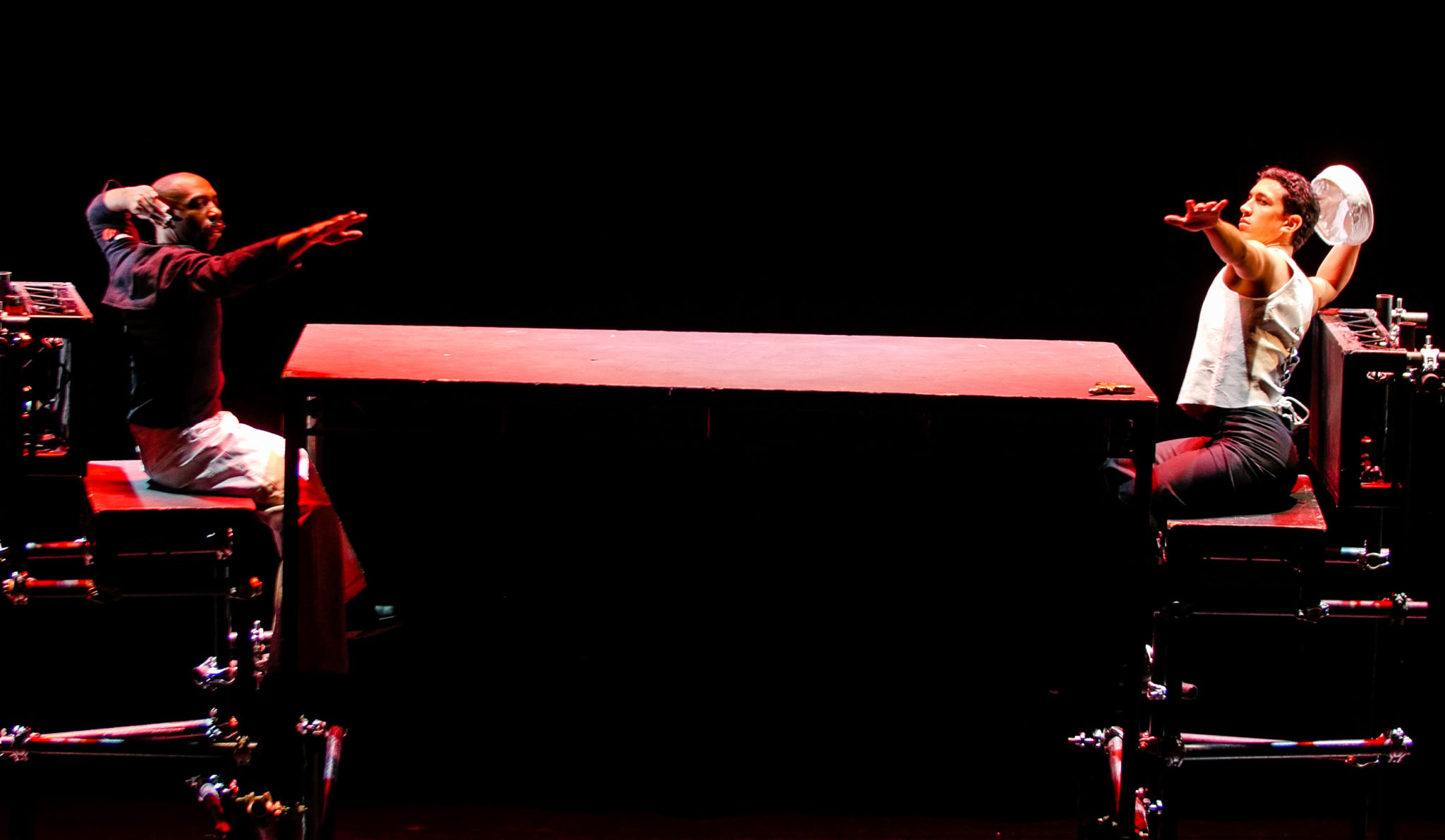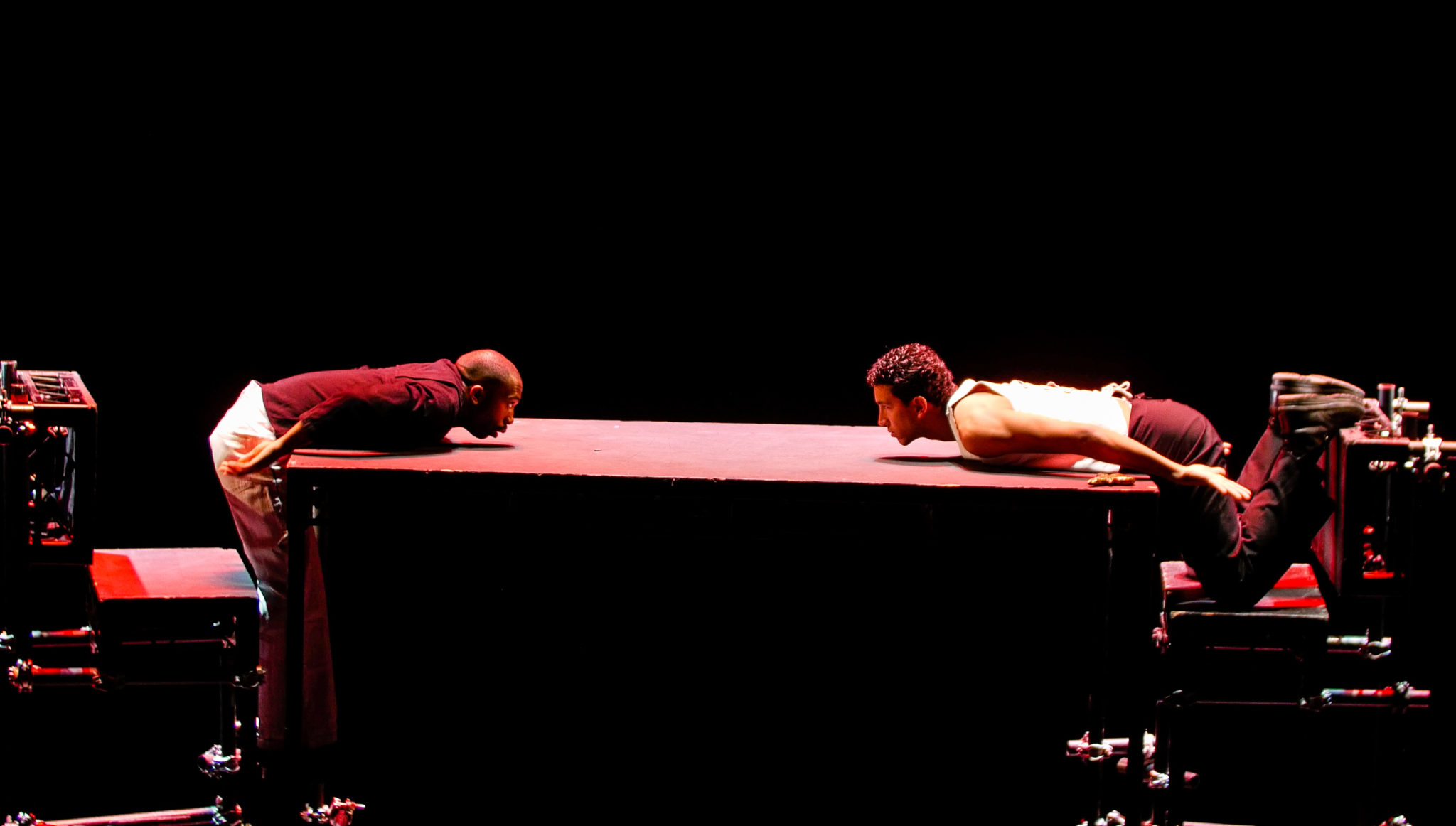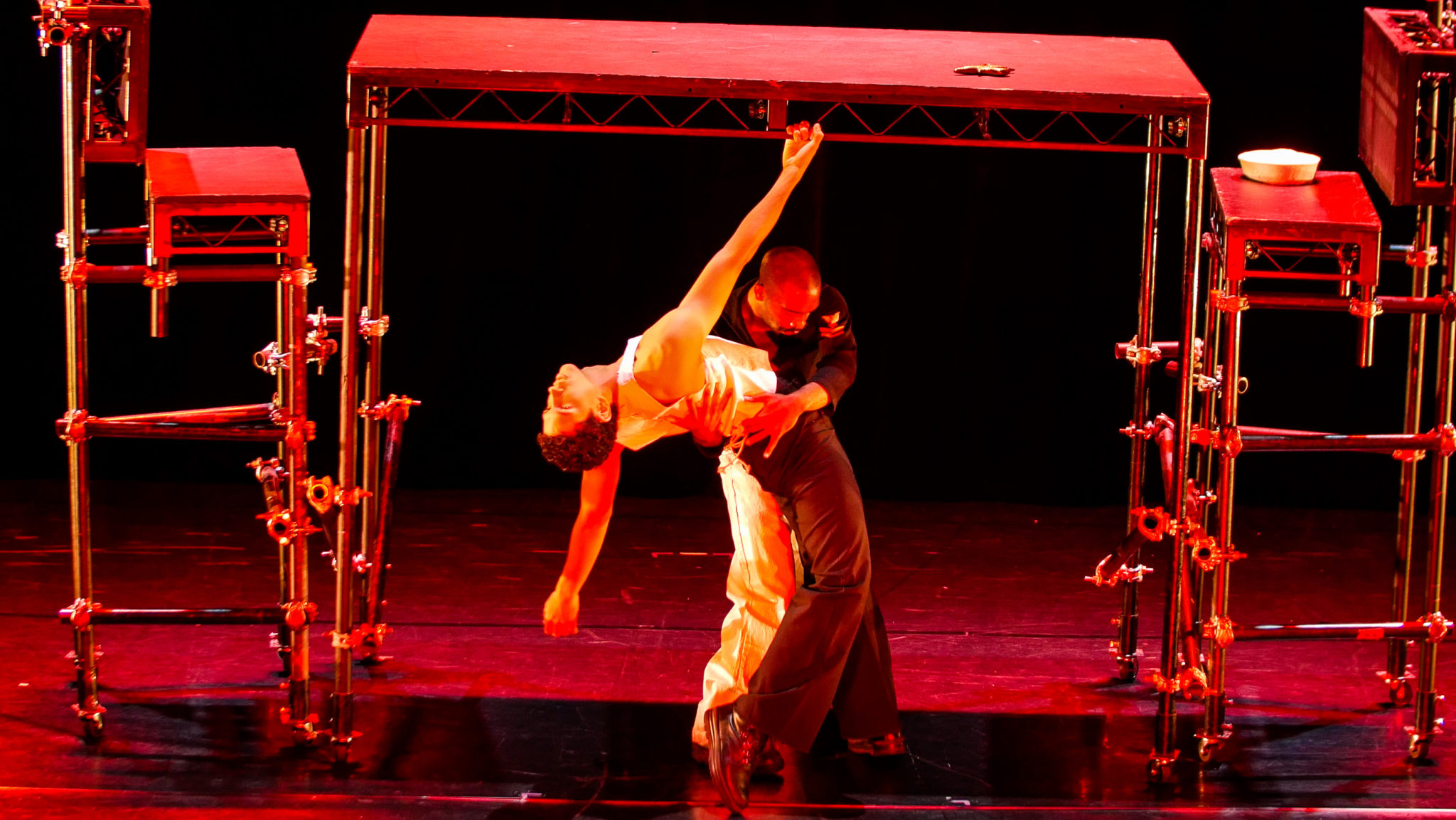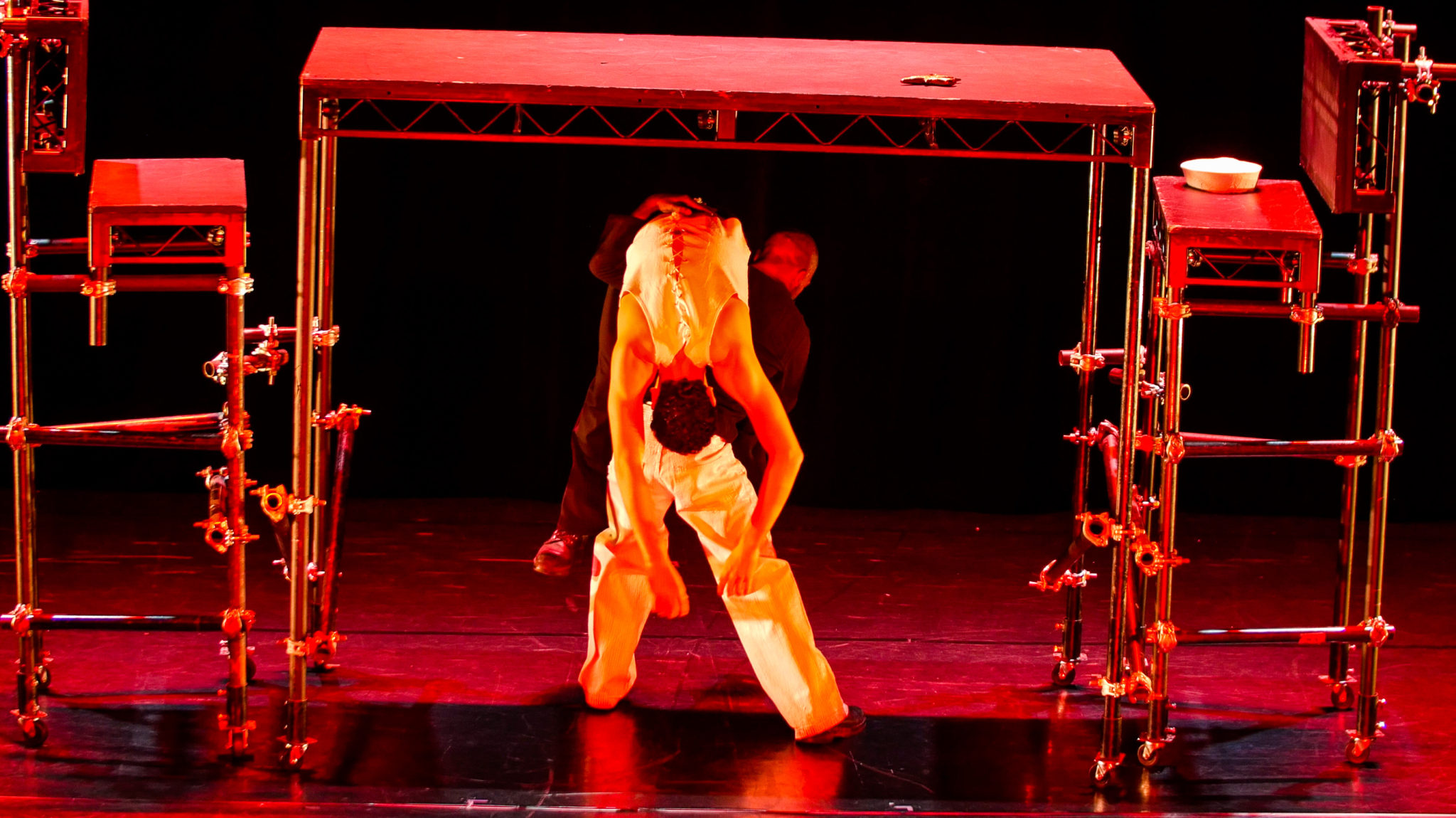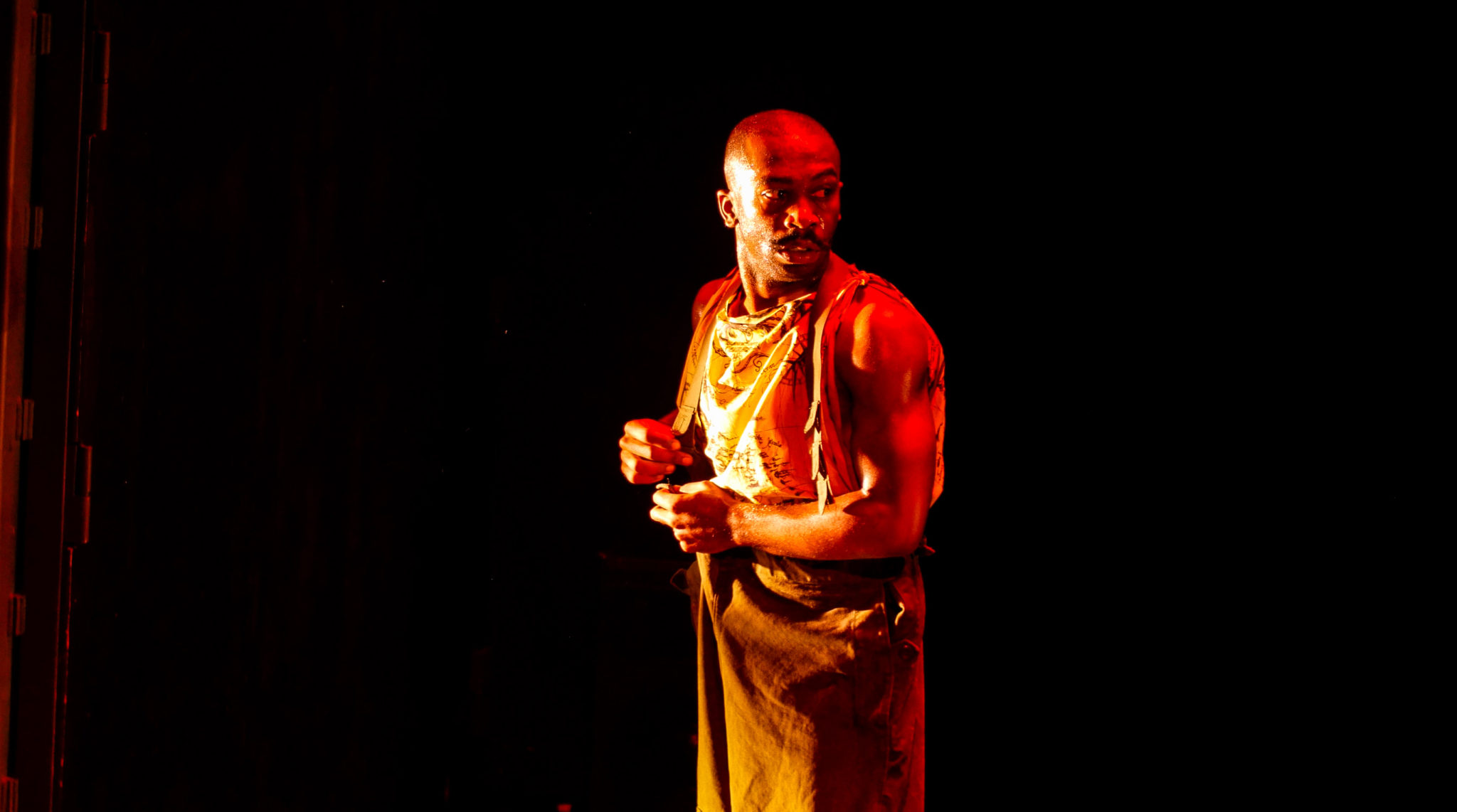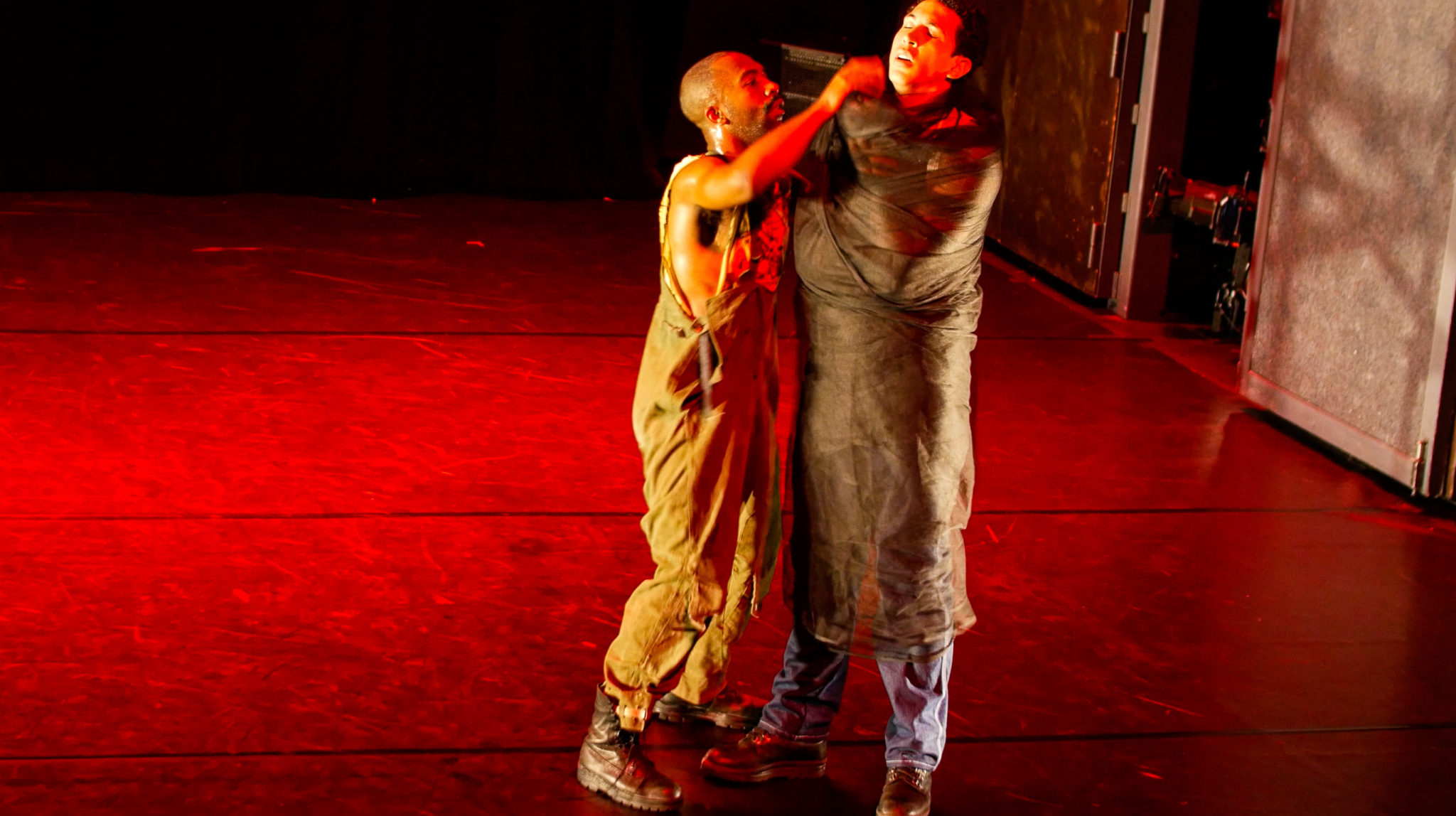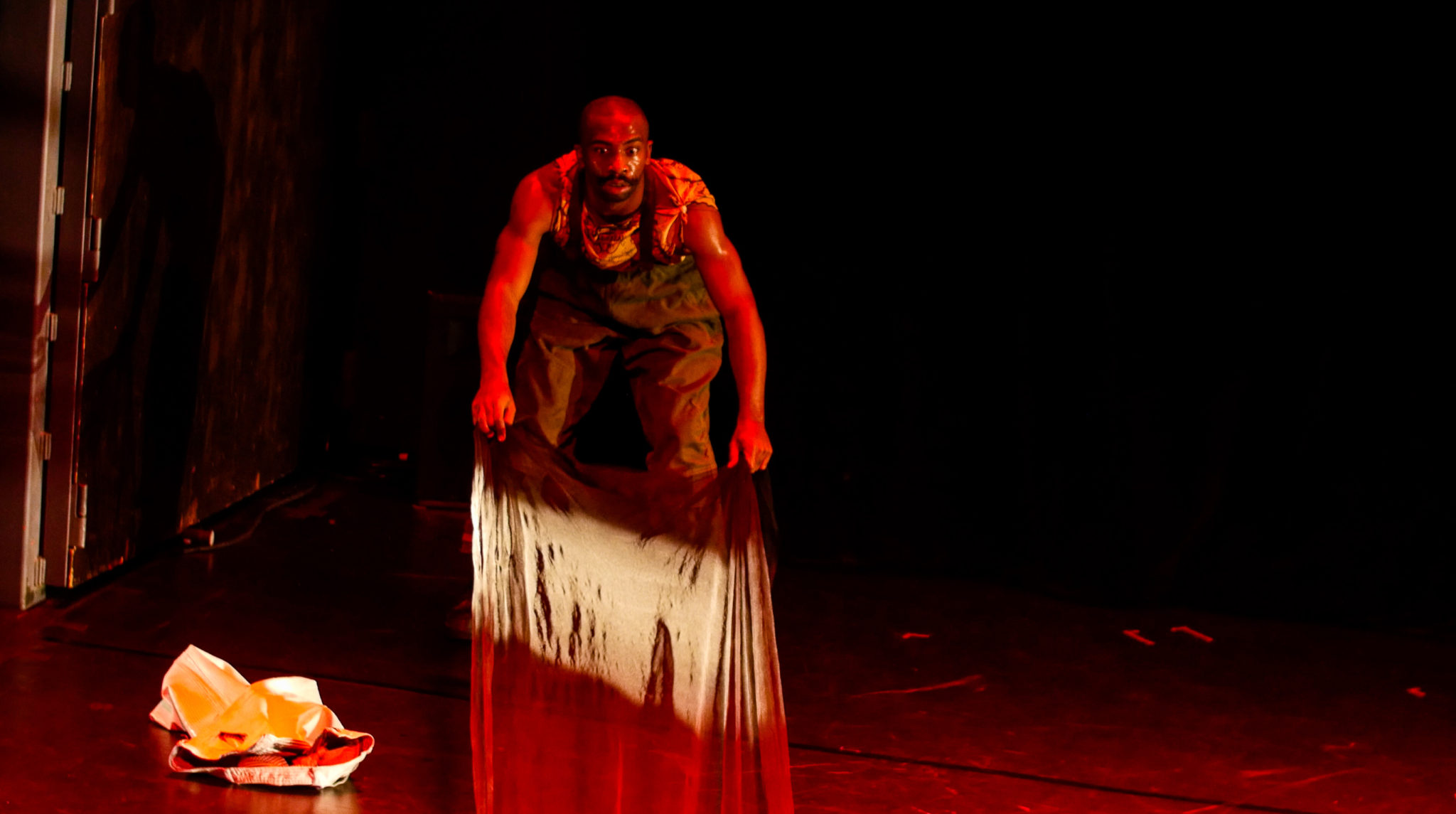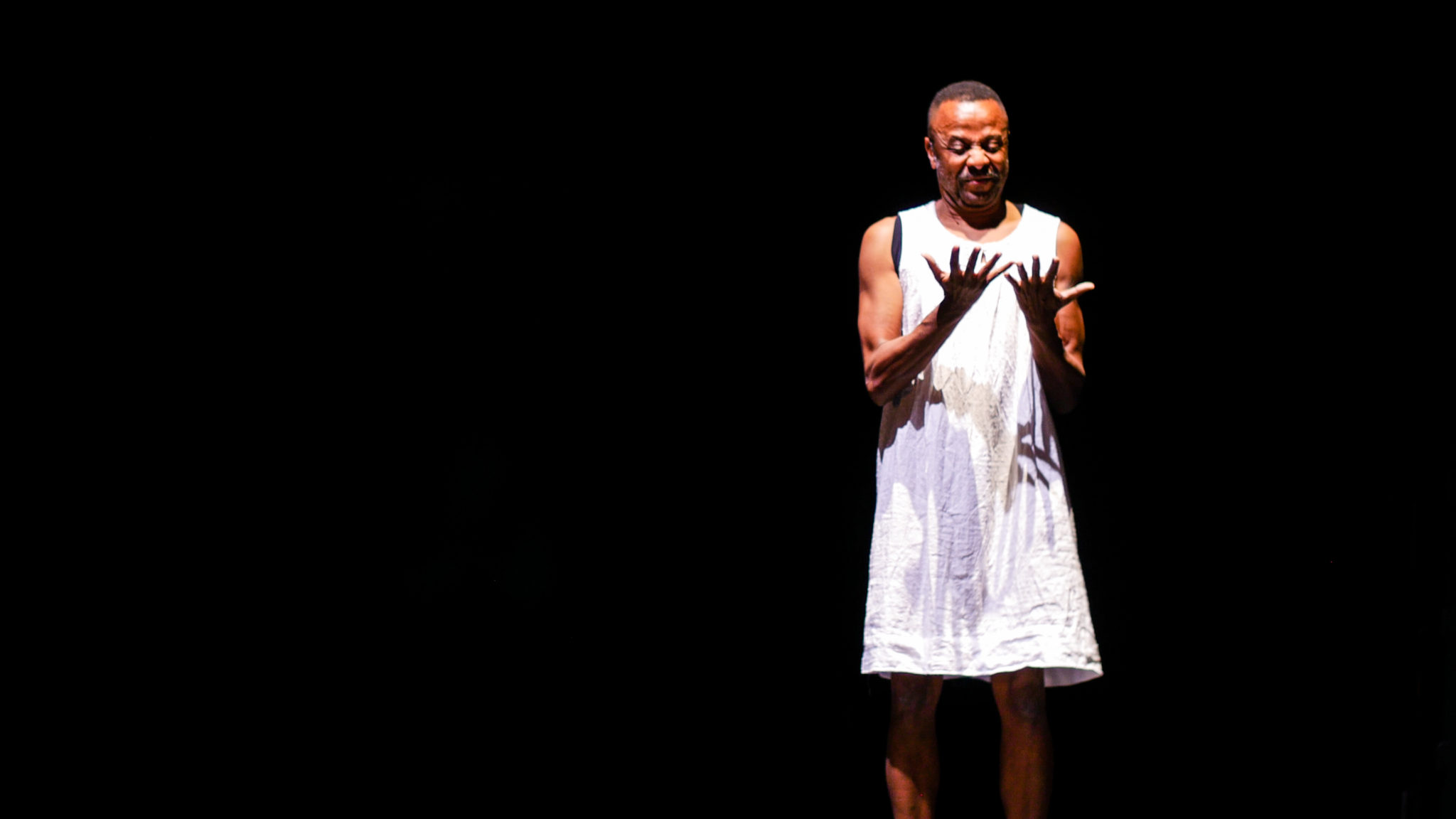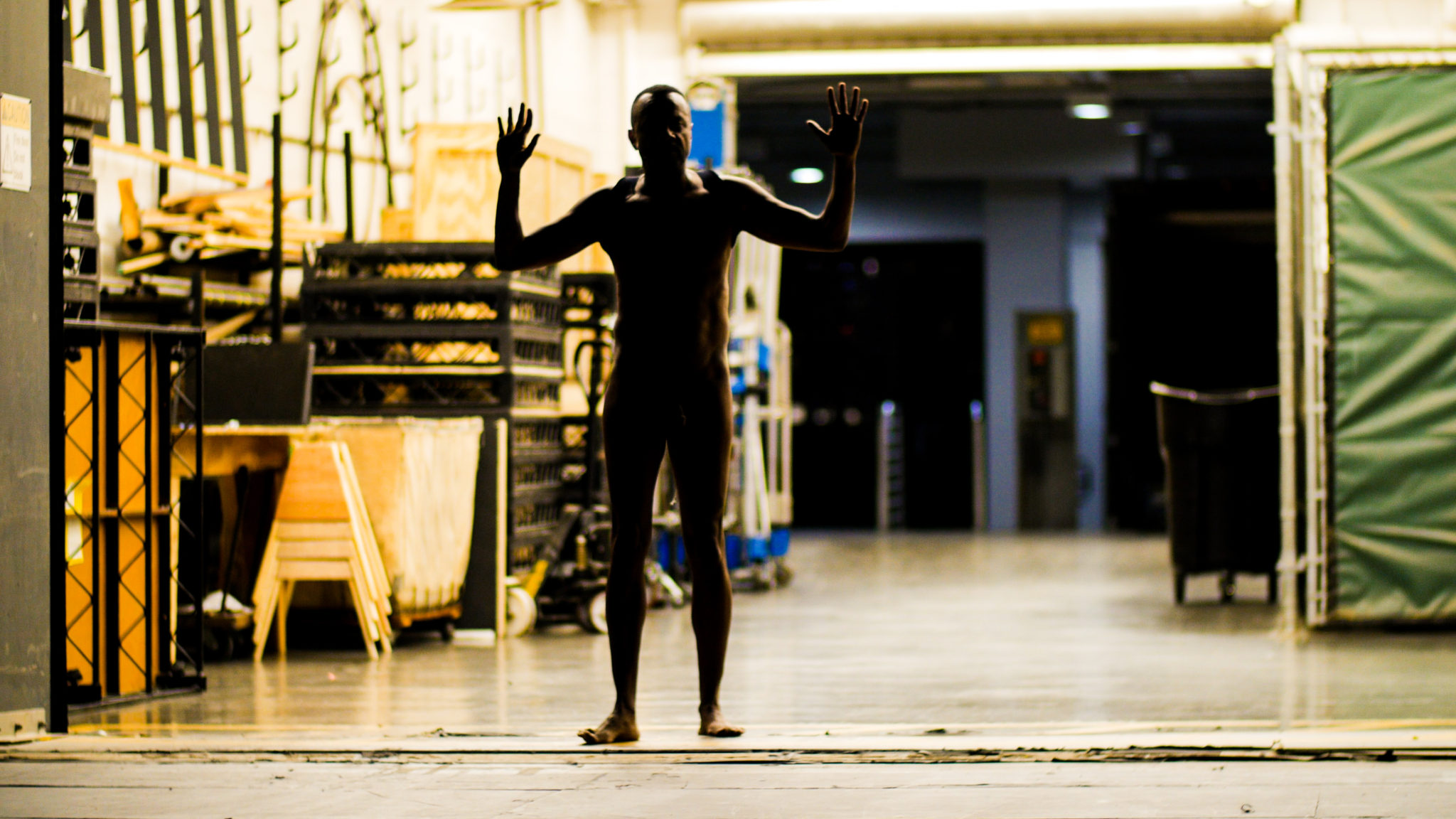The Roy and Edna Disney / CALARTS Theatre (REDCAT) hosted the 16th Annual New Original Works Festival over the last three consecutive weekends, inviting audience members to step outside our comfort zone to experience three new contemporary dance, theater, music or multimedia performances per weekend.
Personally, I found the festival to be a real exercise in expanding my practice of experience without expectation, as each performance delivered a message that I had to work to unravel or work to accept that I couldn’t. Often, I felt dumbfounded yet emotionally charged when the final blackouts came. How could both sensations exist simultaneously? These modalities of expression were hybrid beasts that I hadn’t yet befriended. But, I reminded myself week after week, finding the mental space to sit with the unknown is what engaging with art is all about, isn’t it?
While each new original work from the festival deserves kudos for pushing the boundaries of conceptual art, the following performances especially hit a nerve with me.
Kate Watson-Wallace and Verónica Casado Hernández’s Kim.
-

"Kim." at REDCAT during 2019 New Original Works Festival. Photo by Vanessa Crocini.
-

"Kim." at REDCAT during 2019 New Original Works Festival. Photo by Vanessa Crocini.
-

"Kim." at REDCAT during 2019 New Original Works Festival. Photo by Vanessa Crocini.
-

"Kim." at REDCAT during 2019 New Original Works Festival. Photo by Vanessa Crocini.
-

"Kim." at REDCAT during 2019 New Original Works Festival. Photo by Vanessa Crocini.
-

"Kim." at REDCAT during 2019 New Original Works Festival. Photo by Vanessa Crocini.
-

"Kim." at REDCAT during 2019 New Original Works Festival. Photo by Vanessa Crocini.
Three young women in curious costumes of 80s workout gear, business attire, the occasional fur jacket, and silver thigh high stiletto boots are joined on stage by male artist and composer HPrizm. He provided live music accompaniment while decked out in a metallic silver bodysuit off to the side of the stage, never moving from his platform but extending an ever-present, watchful eye onto the women. Under his gaze and to the beat of his music that included phrases like, “Can you hear me now?” and, “My head,” the women exercised their bodies with increasing, writhing sexuality, eventually covering their faces like Cousin It with their long hair that they whipped back and forth with frenzied energy.
As the performance climaxed, the women revealed their faces again, and began vocalizing – sexual moans relieved with comical sounds, then statements repeated over and over with increasing speed and desperation as they became intertwined in a knot of limbs, tangled up in each other and rolling off the stage as they chanted, “I have so much. I should be happy. I wish I had more time. Sometimes I’m like, ‘What am I doing?’”
Kim. seemed to me to be an absurdist physical manifestation of the various states women move through to inhabit the expectations of the femme – exercising, working, arousing, and fretting. It was a “naughty disruption,” indulging in the irony of desire, failure, and the ecstatic in the face of the ever present male gaze.
Austyn Rich’s BL::DY SPAGHETTI
-

"Bl::dy Spaghetti" during REDCAT's New Original Works Festival 2019. Photo by Vanessa Crocini.
-

"Bl::dy Spaghetti" during REDCAT's New Original Works Festival 2019. Photo by Vanessa Crocini.
-

"Bl::dy Spaghetti" during REDCAT's New Original Works Festival 2019. Photo by Vanessa Crocini.
-

"Bl::dy Spaghetti" during REDCAT's New Original Works Festival 2019. Photo by Vanessa Crocini.
-

"Bl::dy Spaghetti" during REDCAT's New Original Works Festival 2019. Photo by Vanessa Crocini.
-

"Bl::dy Spaghetti" during REDCAT's New Original Works Festival 2019. Photo by Vanessa Crocini.
-

"Bl::dy Spaghetti" during REDCAT's New Original Works Festival 2019. Photo by Vanessa Crocini.
-

"Bl::dy Spaghetti" during REDCAT's New Original Works Festival 2019. Photo by Vanessa Crocini.
This was a dance-based performance executed with excellent precision and passion by Austyn Rich and Alvaro Montelongo, both recent graduates of the new USC Glorya Kaufman School of Dance. The two performers, one black and one Latinx, paid homage to black and brown troops who were placed at the front lines of war through movements based in ballet and modern dance.
The two dancers were rolled onto stage atop a large platform structure as sounds of waves lapping and marine horns filled the air, imbuing a sense of danger and impending conflict for our heroes. The two men refuse to communicate directly, even as their movements echo one another, moving them to synchronicity. As tensions rise, teamwork is required to survive. They make it through to terror of war, back to the mainland where they change out of their sailors’ uniforms and into blue-collar work clothing.
On land, they remain connected across social divisions as a result of their traumatic past shared experiences. But, the Latinx’s soldier’s despair can’t be contained; he wraps himself in black sheer fabric in death as his comrade helplessly watches. Fearful of being mistaken to have his friend’s blood on his hands, the black soldier leaves his friend’s body, as Billie Holiday’s Strange Fruit accompanies the final blackout.
BL::DY SPAGHETTI seemed to me to be an interpretation of the bonds formed under the pressure of war – and the current state of affairs in our country can certainly be likened to war, wherein racial divisiveness instigates violent behavior and hatred. This work was a poignant example of Rich’s ability and determination to craft trauma into triumph through dance, with a moving piece that celebrates friendship, pride, death, and love in the face of constructs meant to defeat.
Paul Outlaw’s BBC (Big Black Cockroach)
-

"BBC (Big Black Cockroach)" during REDCAT's New Original Works Festival 2019. Photo by Vanessa Crocini.
-

"BBC (Big Black Cockroach)" during REDCAT's New Original Works Festival 2019. Photo by Vanessa Crocini.
-

"BBC (Big Black Cockroach)" during REDCAT's New Original Works Festival 2019. Photo by Vanessa Crocini.
-

"BBC (Big Black Cockroach)" during REDCAT's New Original Works Festival 2019. Photo by Vanessa Crocini.
-

"BBC (Big Black Cockroach)" during REDCAT's New Original Works Festival 2019. Photo by Vanessa Crocini.
-

"BBC (Big Black Cockroach)" during REDCAT's New Original Works Festival 2019. Photo by Vanessa Crocini.
-

"BBC (Big Black Cockroach)" during REDCAT's New Original Works Festival 2019. Photo by Vanessa Crocini.
Inspired by Kafka’s The Metamorphosis, this challenging work impacted me the most of all the works in the festival this year. A one-man show, Paul Outlaw’s boldness blew me away as he inhabited the character of a white, wealthy, conservative woman who wakes up to find herself trapped in a black man’s body, isolated to a room within an experimental lab.
We see Outlaw’s character move through the transformation of a woman who orgasms from the pleasure of the power she holds to a fearful and confused woman trapped in a man’s body, rich with the “stench of blackness.” She is held against her will over the course of several weeks, becoming more and more desperate as she begins to accept that her internalized homophobia, misogyny, and new reality as a black man cannot be deferred.
Outlaw’s character finally gets ahold of police via 911, who she begs to save her from a black man who has trapped her. As Outlaw exits the stage, naked, with arms up in a symbol of defenselessness, the sound of gunshots blasts and darkness falls.
The power of BBC’s exploration of xenophobia, black virility, and gender confusion left me speechless and stunned. In the end, death was preferable for a fragile white woman whose privilege was stricken the moment she was forced to accept the identity of a black man. The weight of that message was not lost on me.
At the end of this three-week festival of experimental work, frankly, I felt mentally drained. But, I had too much respect for the work I had seen to ignore it out of fear. I pushed through a gnawing sense of inadequacy for not immediately comprehending a clear meaning in each work. I would not back down; this article would be written.
Without the privilege of context by way of wall text or audio guide, I returned to the basic tenet of art education that simply requires a personal interpretation. I remembered that any conclusion derived from viewing art is as valid as the next, and to be a contributing member of the art community, we don’t need a degree in higher education – we need only to dive in, certain of the power in our own point of view.

The Art Minion works hard to make the fine art world more accessible by offering a platform to amplify female and minority artists’ voices.
Keep up with The Art Minion on Instagram!
Email pitches to bianca.s.collins@gmail.com


